
Highlights 2021
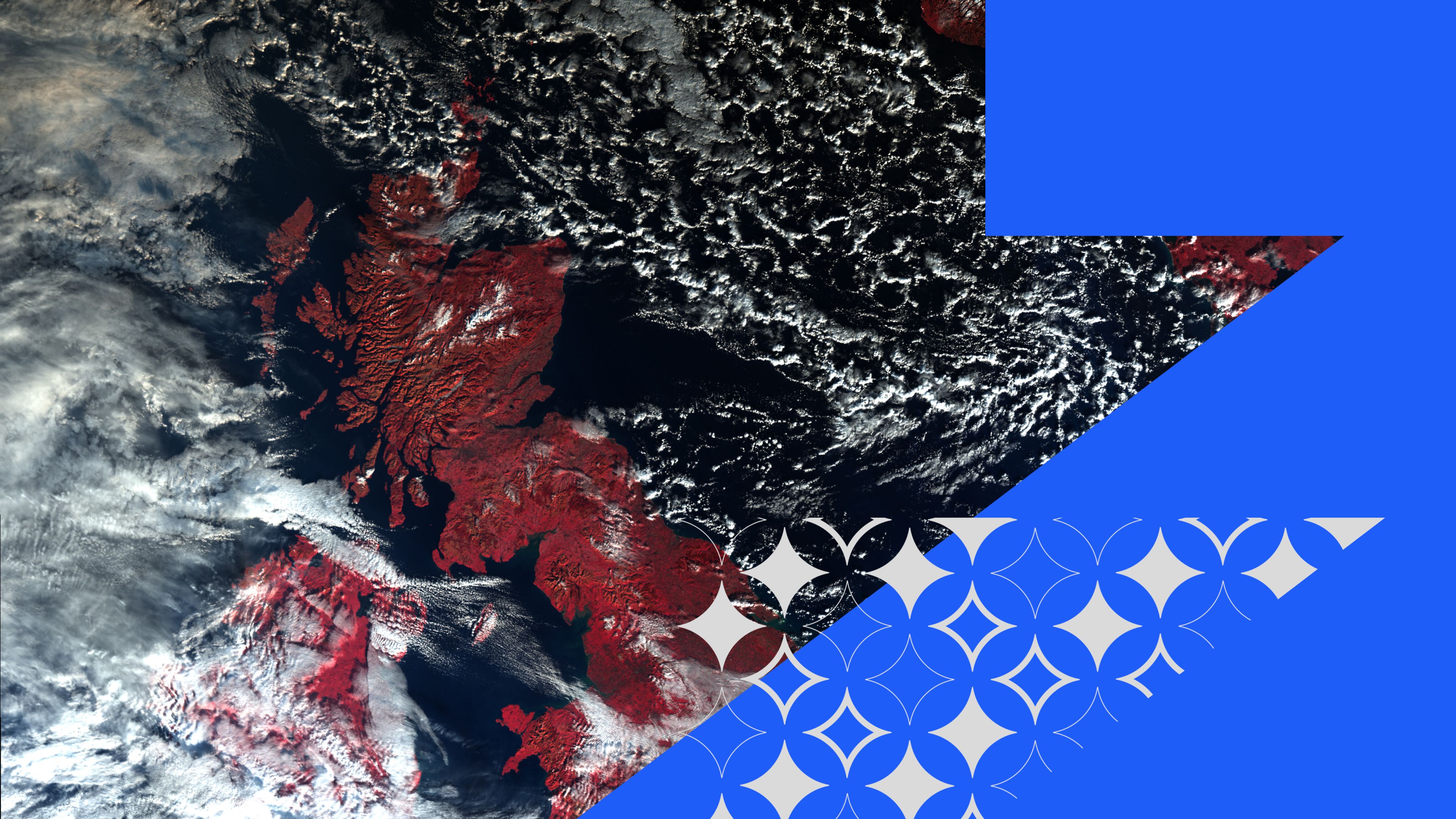
Welcome from
Professor Chris Mutlow

RAL Space is a decades-old institution in the midst of a growing and changing space industry. I have been part of RAL Space for 35 years now and have been involved in a lot of fantastic innovations during that time. Our heritage gives us a huge amount of experience to share with our communities through the next epoch of the space age.
The Highlights we have chosen to share here demonstrate how we are poised to support the delivery of the UK’s National Space Strategy. We help new businesses qualify their technologies for space, our long standing international partnerships bear extraordinary fruit for scientists all over the world and our expanding space test facilities are enabling the sector to get their ideas off the ground.
We are also part of efforts to solve global challenges. Our dataset of global methane emissions, developed with the National Centre for Earth Observation, starkly shows the urgency of efforts to mitigate climate change. While the ever-expanding environmental information, available to the Natural Environment Research Council community via the data intensive super computer JASMIN, is ensuring scientists are able to rise to these challenges.
It is our brilliant people, from our apprentices, to those who, like me, have been here for a lot longer, who make all of this happen. I am particularly proud of their dedication to developing their own skills, through exciting projects and experiences, and to inspiring those around them, including the next generation.
My team focus their creative powers to solve the technical problems in the here-and-now, to enable the science of the future. I hope you enjoy scrolling through their stories here.
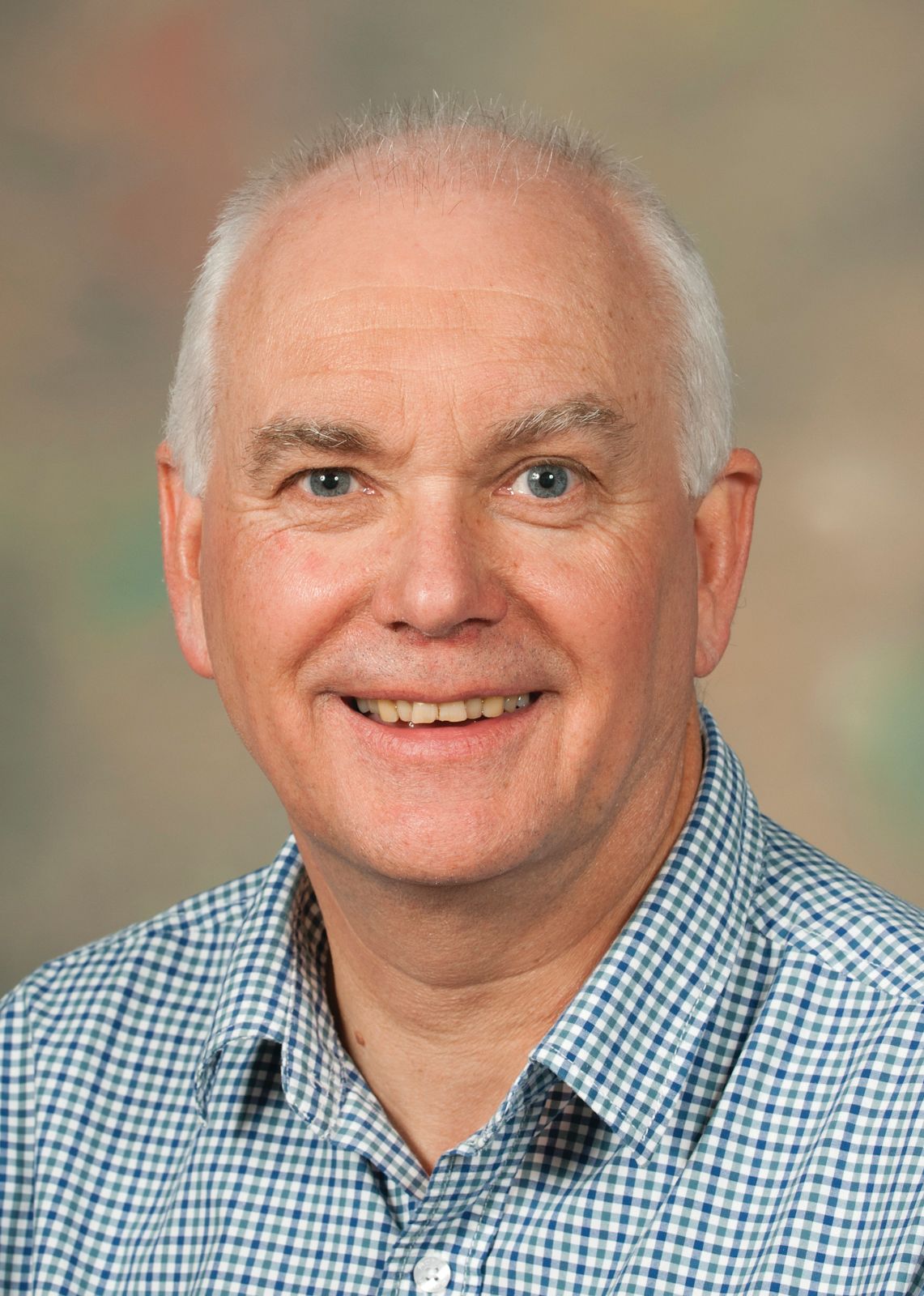
Prof Chris Mutlow, Director STFC RAL Space. Credit: STFC RAL Space
Prof Chris Mutlow, Director STFC RAL Space. Credit: STFC RAL Space
RAL Space - the UK’s national space laboratory
RAL Space activities and facilities enable scientific research in disciplines such as climate science, space weather and astronomy. With over 50 years of experience in space programmes, we have had significant involvement in more than 210 instruments on missions to date.
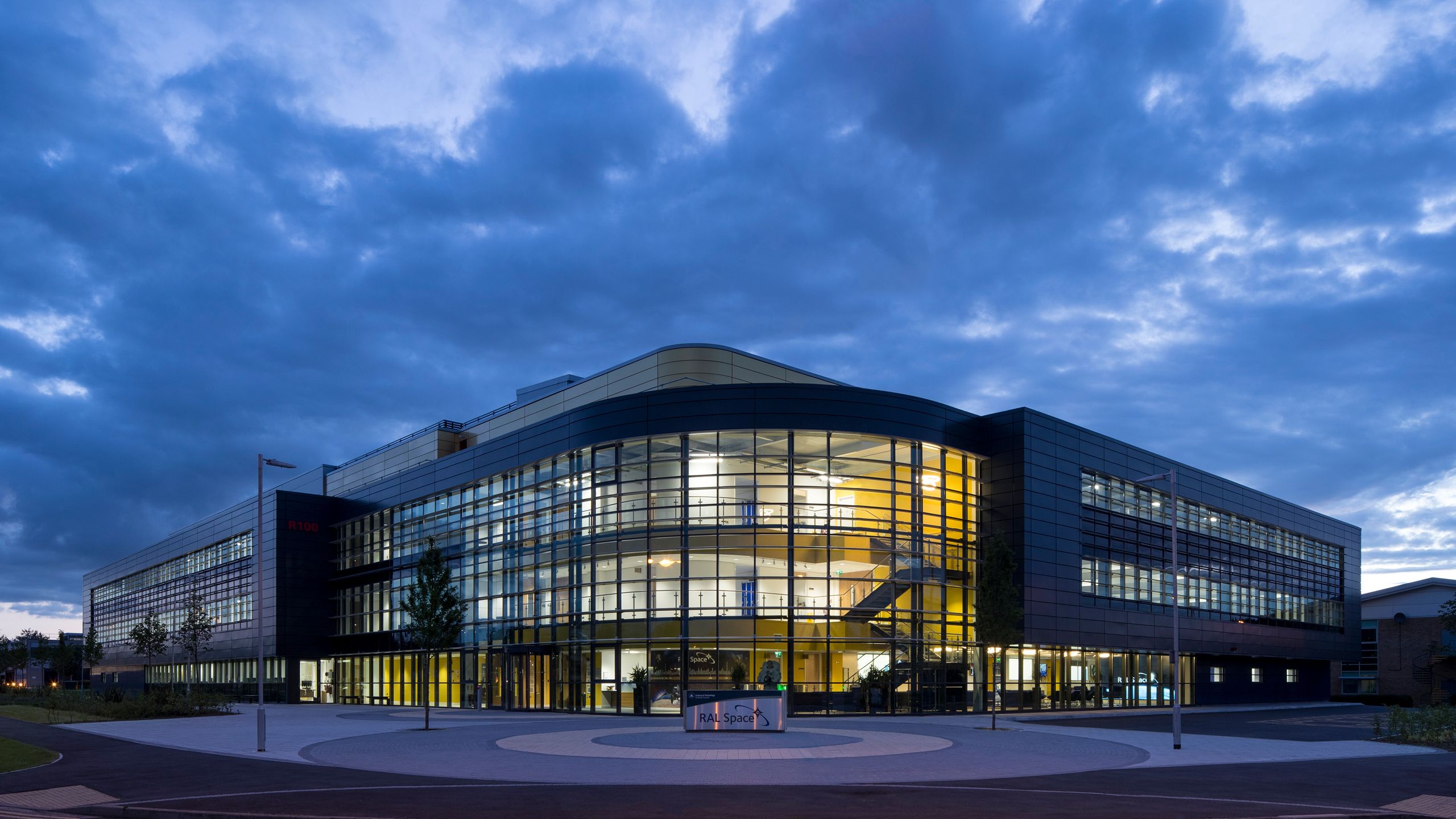
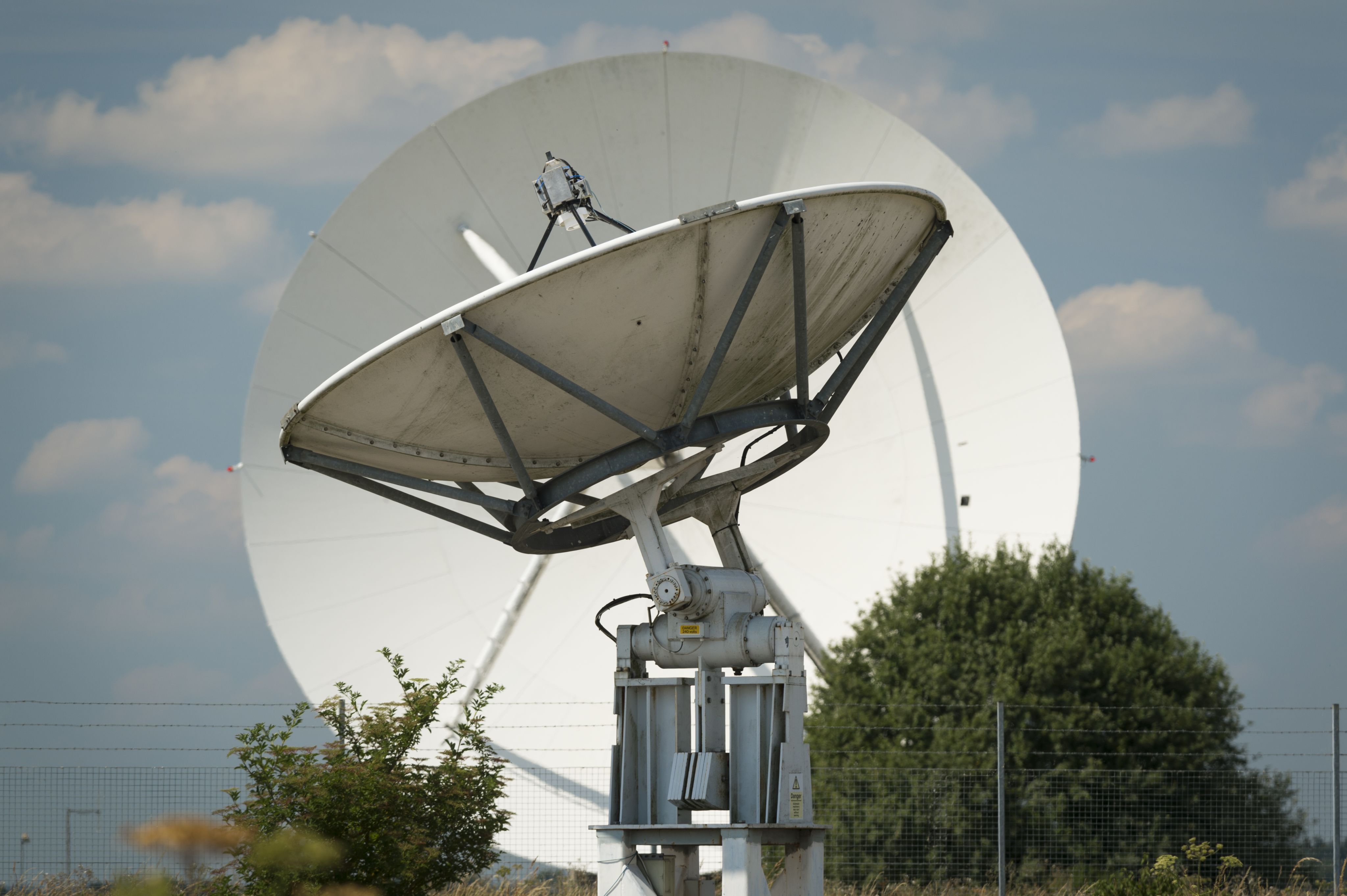
Chilbolton Observatory. Credit: Theo Moye/ STFC RAL Space
Chilbolton Observatory. Credit: Theo Moye/ STFC RAL Space
Our experts work throughout the lifecycle of space missions:
- leading concept studies for future spacecraft
- developing bespoke scientific instrumentation
- providing space test and calibration services
- operating ground-stations
- processing and analysing data
We support UK academia and industry by offering access to world-leading knowledge, unique facilities and networks to advance understanding of space and our environment.
RAL Space is an integral part of the Science and Technology Facilities Council and is the space hub for UK Research and Innovation.
Technology




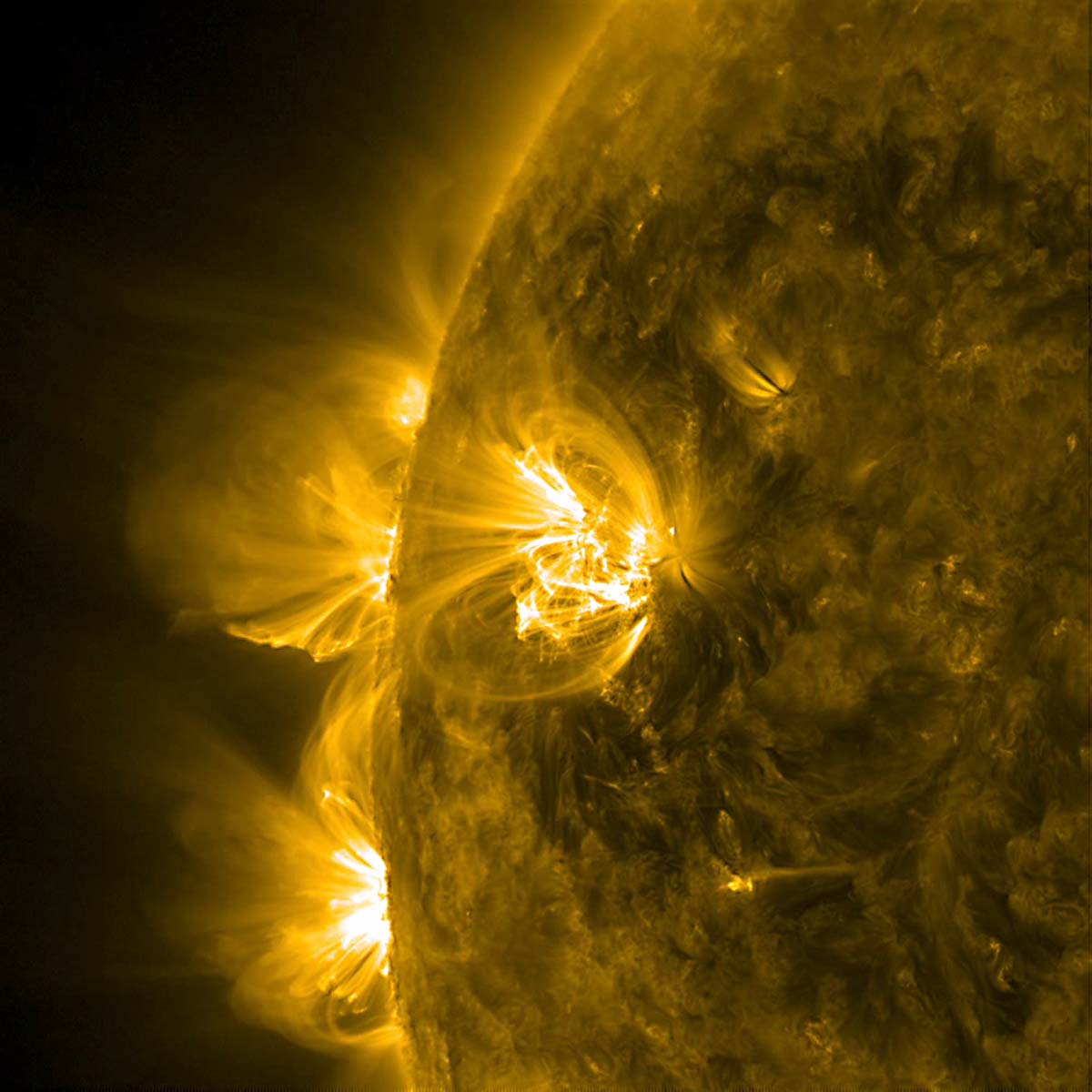
Case studies
Camera electronics at the heart of solar discoveries
NASA’s Solar Dynamics Observatory (SDO) has been relying on RAL Space camera electronics for more than a decade in orbit.
RAL Space designed and built the electronics systems for six cameras on two of SDO’s three instruments. These electronics support the processing of high-resolution images, which are recorded every few seconds, providing in-depth information about the Sun’s complex activity.
SDO has enabled scientists to compare nearly 200 solar flares, improve modelling of coronal mass ejections and understand magnetic field patterns at the Sun’s surface. The design of the electronics boxes has been so successful that RAL Space electronics are part of eight current and future of ESA and NASA solar missions.
Solar Dynamics Observatory
Case studies
Blue sky research shaping exploration beyond Earth
RAL Space scientists are investigating how technology could be used to create a man-made magnetosphere around the “Red Planet”.
The Challenge: One of the biggest challenges facing humanity’s chances of staying long term on the surface of Mars is living and working in its thin, unbreathable atmosphere. Earth’s atmosphere provides ideal pressures for humans to live in, and can protect people from dangerous solar radiation and the impact of meteor strikes. However, Mars unlike the Earth, does not possess a global magnetic field to help to keep its atmosphere in place.
The Solution: RAL Space scientists looked at how an artificial, planet-sized magnetosphere could be generated to enable humans to settle on Mars for long stays in the future.
Their research outlines a range of technological innovations, from kick-starting Mars’s core to using stations in orbit to create an artificial magnetic field.
The optimum solution proposed is an artificial charged particle ring around the planet, similar to those found naturally around the Earth. This could be formed by ejecting materials from one or both of the Martian moons to form artificial rings around the planet. Particles beamed between space stations in orbit around Mars could drive a net current in the rings to create a magnetic field.
The Outcome: This cutting-edge research represents the first exploration of the practical and engineering methods that could be used to solve one of the biggest problems facing a long-term human presence on Mars. While we are a long way away from developing the technology needed, RAL Space scientists are pioneering the concepts and bringing them to the forefront of international scientific discussion.
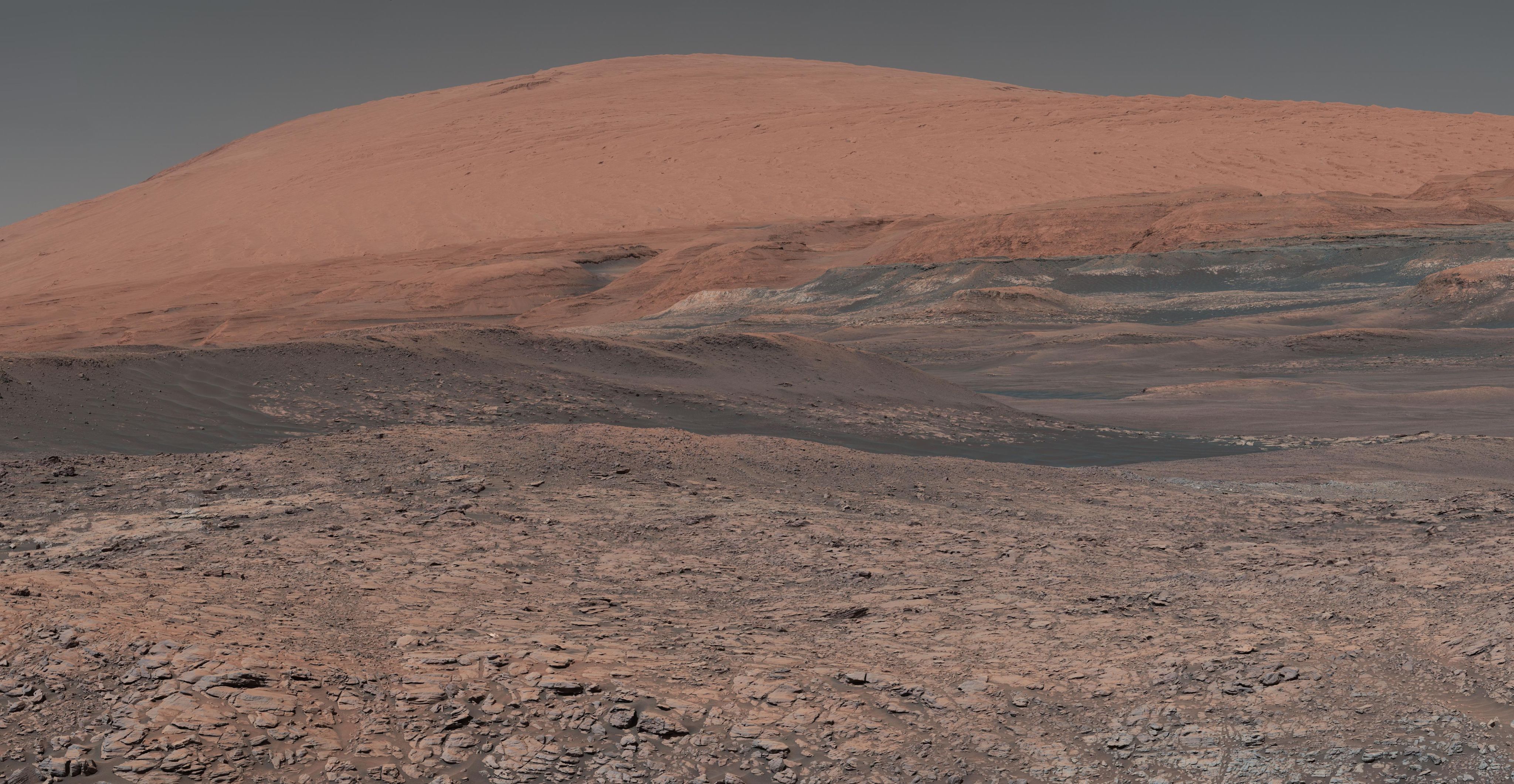
Mount Sharp, Mars, captured by NASA’s Curiosity Rover. Credit: NASA/JPL-Caltech/MSSS
Mount Sharp, Mars, captured by NASA’s Curiosity Rover. Credit: NASA/JPL-Caltech/MSSS
Dr Ruth Bamford, Research Scientist, RAL Space:
“With a new era of space exploration underway, this is the time to start thinking about these new and bold future concepts and to begin filling strategic knowledge gaps.”
Apprentices
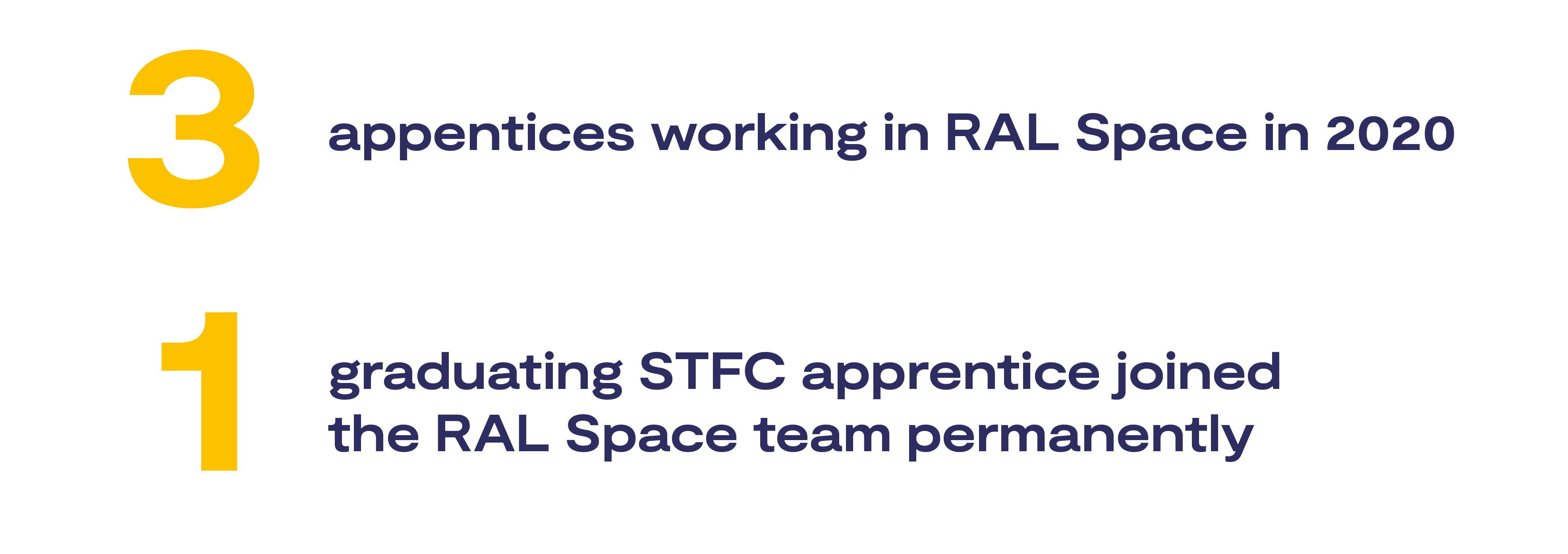

Meet our team
RAL Space employs more than 330 highly skilled staff in the heart of the Harwell Space Cluster and at the Chilbolton Observatory. Our team of talented scientists, engineers, technicians and professional support staff, underpin our science research and technology developments and are the foundation to the success of our space missions and projects.
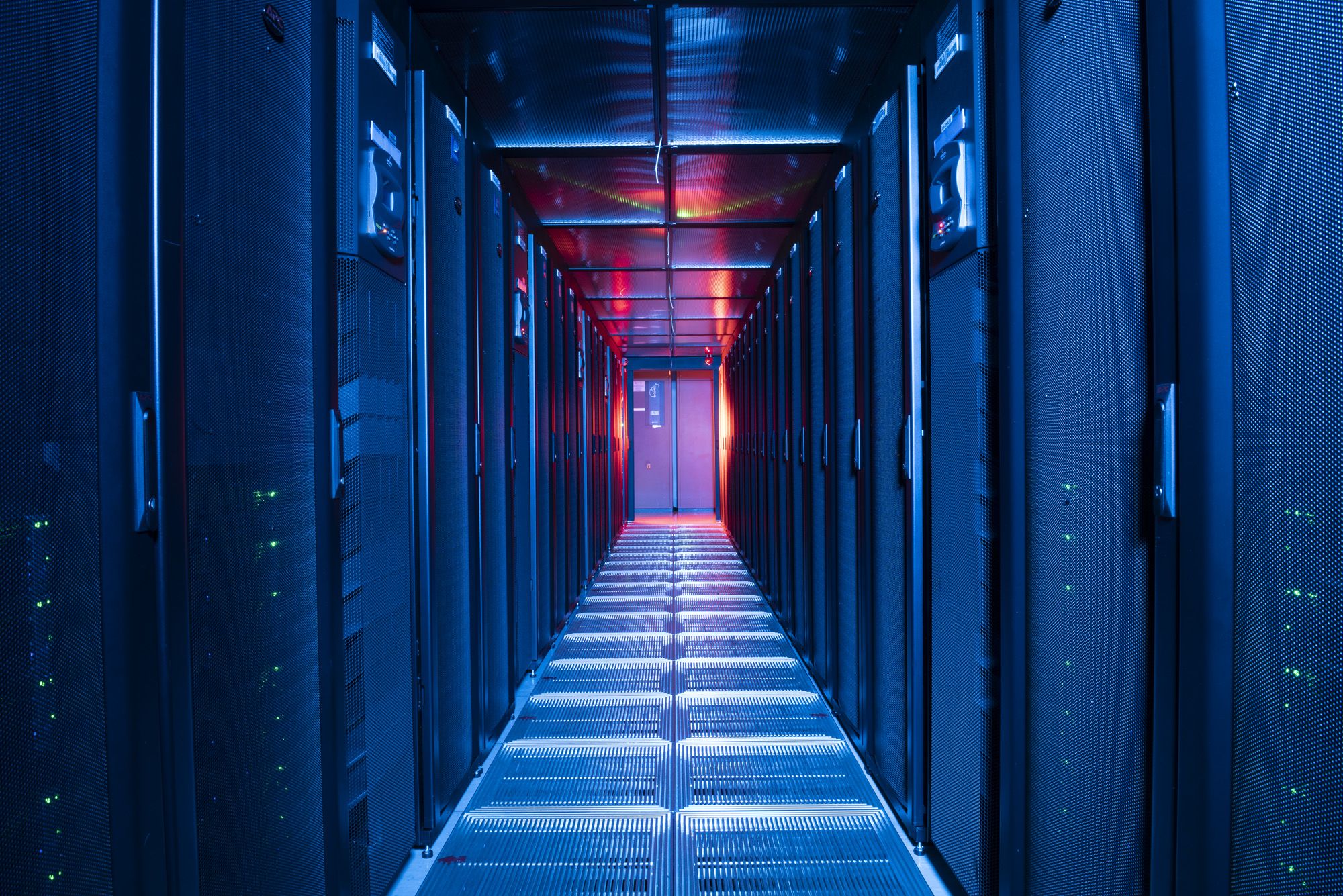
Graduates
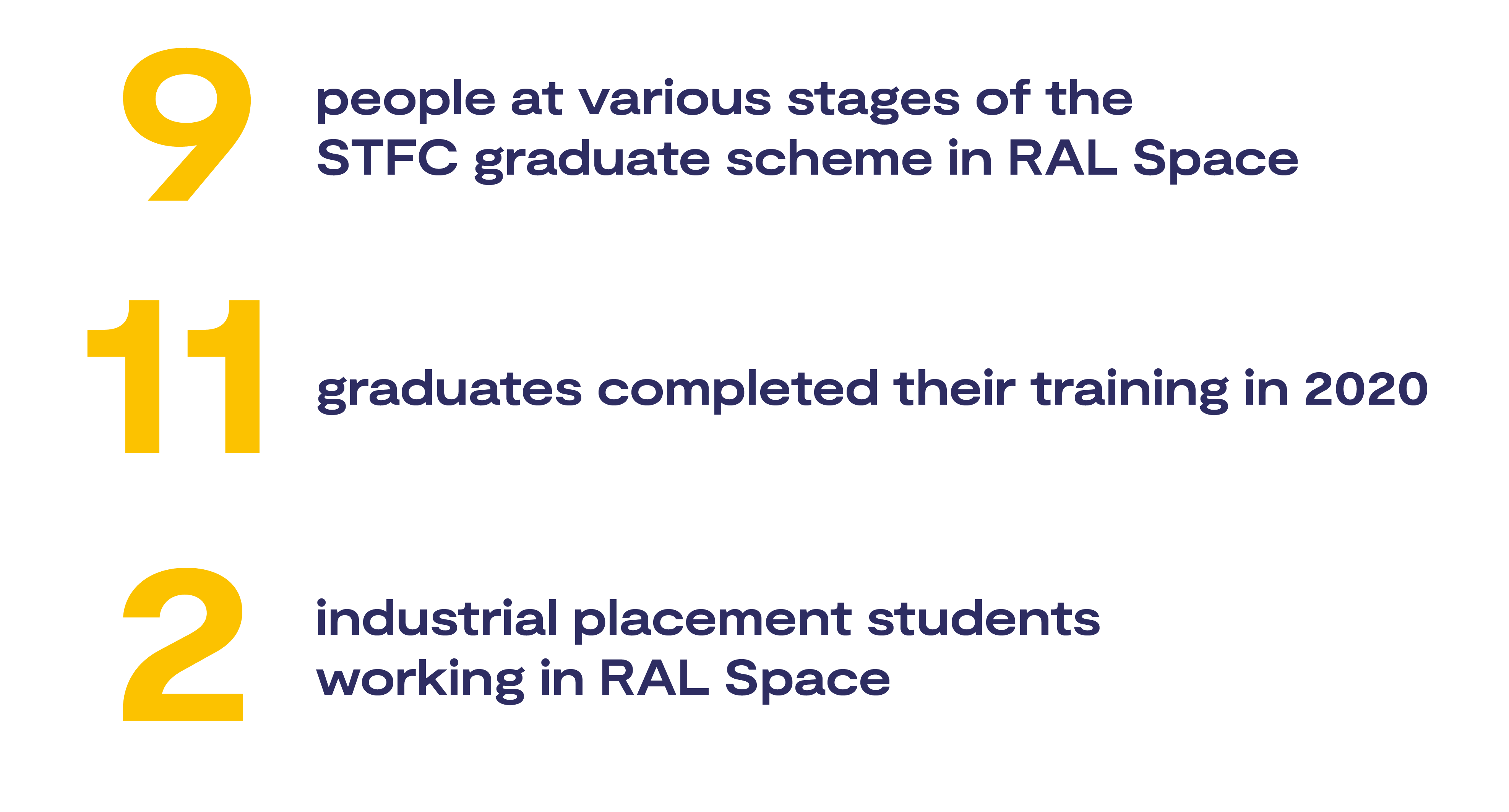


Case study
Enhancing space test services
RAL Space have been developing the teams, facilities and processes to deliver an expanding environmental test service. Recent graduates, apprentices and specialists in electromagnetic compatibility, dynamics modelling and facilities scheduling joined RAL Space. The majority of the building work for the National Satellite Test Facility was completed in 2021 and a new partnership with Salford University has been set up to provide specialist scientific support in acoustic testing.
In the established test facilities, the 5m thermal vacuum chambers have been prepared for test campaigns and a multi camera high speed video capability has been added to our dynamics suite. RAL Space has been awarded the aerospace industry quality certification EN 9100 for the operation of six cleanrooms and the dynamics facility. The team has continued to support test campaigns for both internal and external projects.
“Very satisfied with the professional service provided by the environmental test team. They were very supportive before and during the test campaign, providing technical support whenever needed. Also with a problem solving attitude and thanks to their expertise and commitment we managed to successfully meet the project objectives and stick to the very challenging schedule. Big thank you!”
Daniel Rincon - Team Leader, Reaction Engines
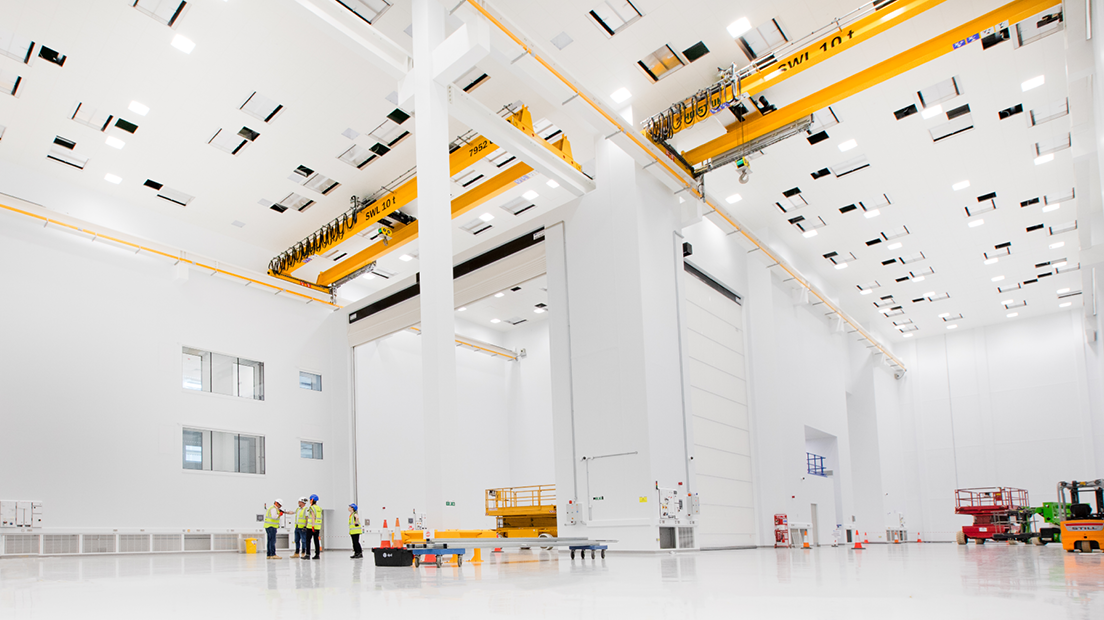
National Satellite Test Facility. Credit: STFC RAL Space
National Satellite Test Facility. Credit: STFC RAL Space
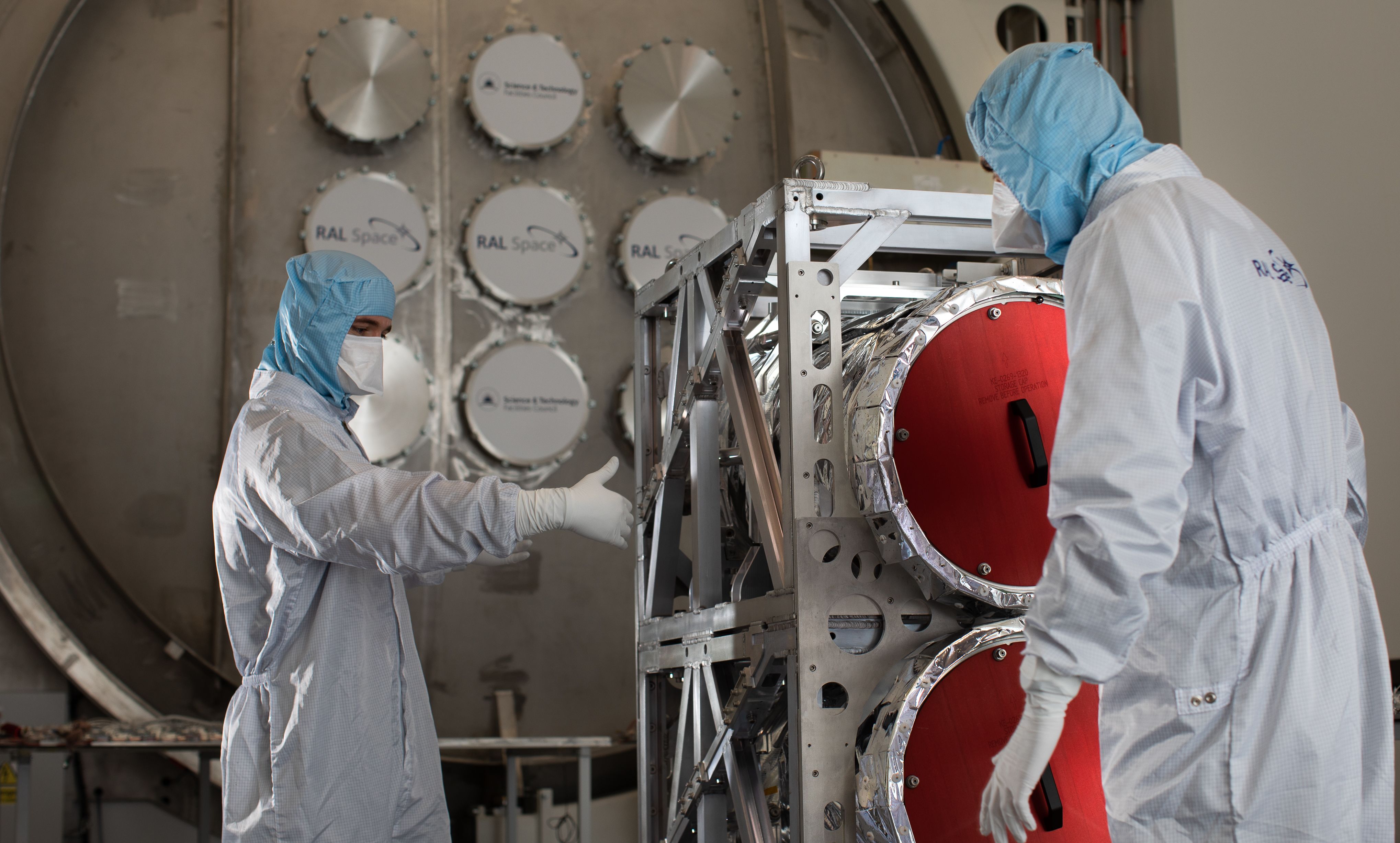
Calibration system for Meteosat Third Generation in front of the RAL Space thermal vacuum test chamber. Credit: STFC RAL Space.
Calibration system for Meteosat Third Generation in front of the RAL Space thermal vacuum test chamber. Credit: STFC RAL Space.
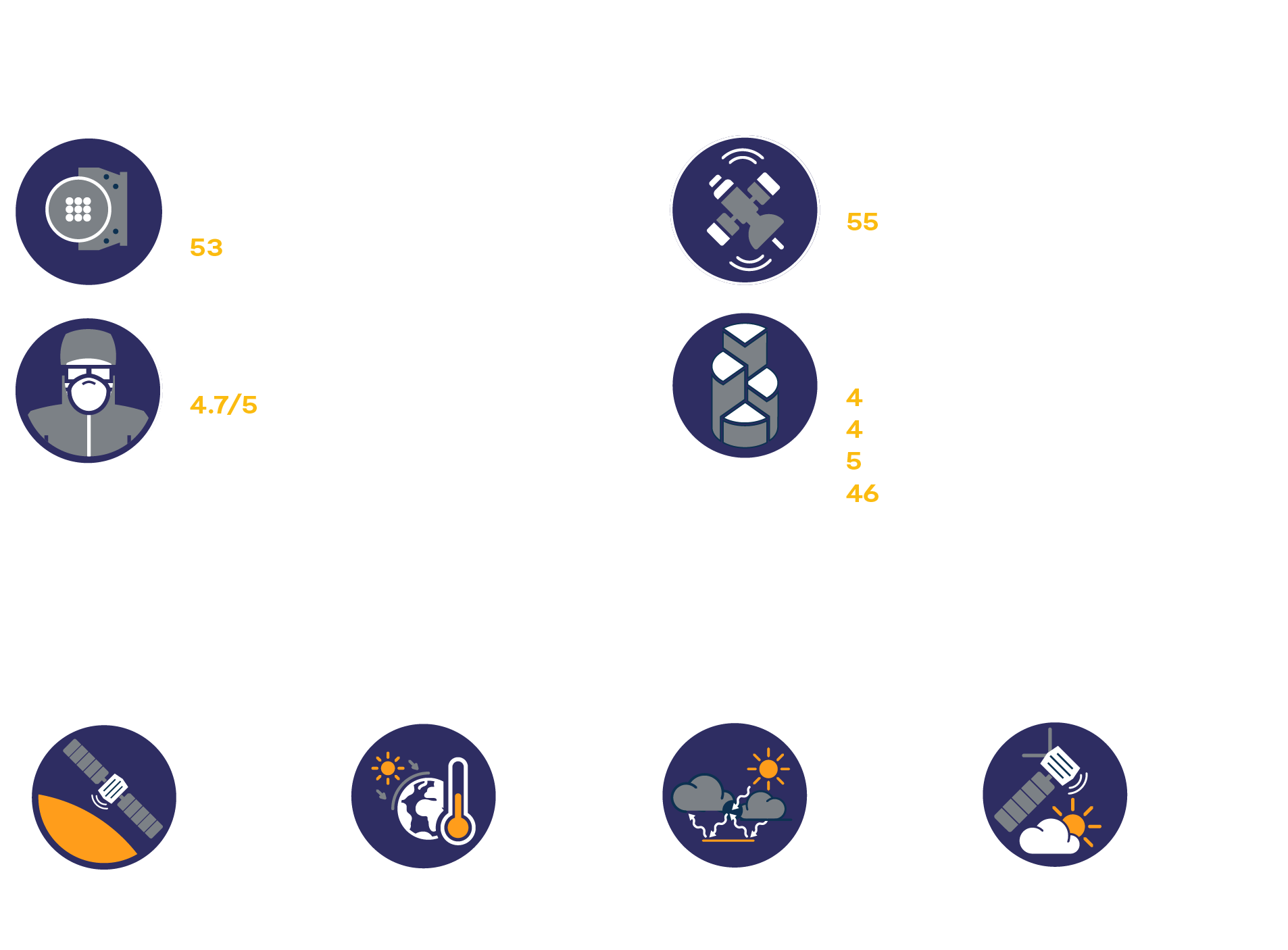

Science


Case studies
Investigating the impacts of COVID-19 lockdowns on global emissions
The Centre for Environmental Data Analysis (CEDA) in support of its National Centre for Earth Observation (NCEO) activities, has worked to provide data to scientists on how COVID-19 lockdowns affected the levels of air pollution in countries around the world.
The Challenge: NCEO researchers needed past and present data showing air quality across multiple countries, so that relevant comparisons could be made from before and during the coronavirus pandemic.
The CEDA Archive currently holds over 10 Petabytes of satellite data from ESA’s Sentinel missions, an amount increasing by over seven Terabytes per day. This volume of data can be difficult for researchers to access easily, especially when older data is required.
The Solution: The team at CEDA makes use of different storage methods to ensure that data is held in the most cost-effective and user-friendly way. Fast disk holds the latest data, so users have instant access, whereas older data, which tends to have much lower demand, is stored on tape as a cheaper storage solution.
When the NCEO request came in, CEDA were able to download and store the near real time data in a readily accessible storage for a longer period than usual. They were also able to provide tools so that users can retrieve older data from tape to be used interactively on the JASMIN supercomputer for their research.
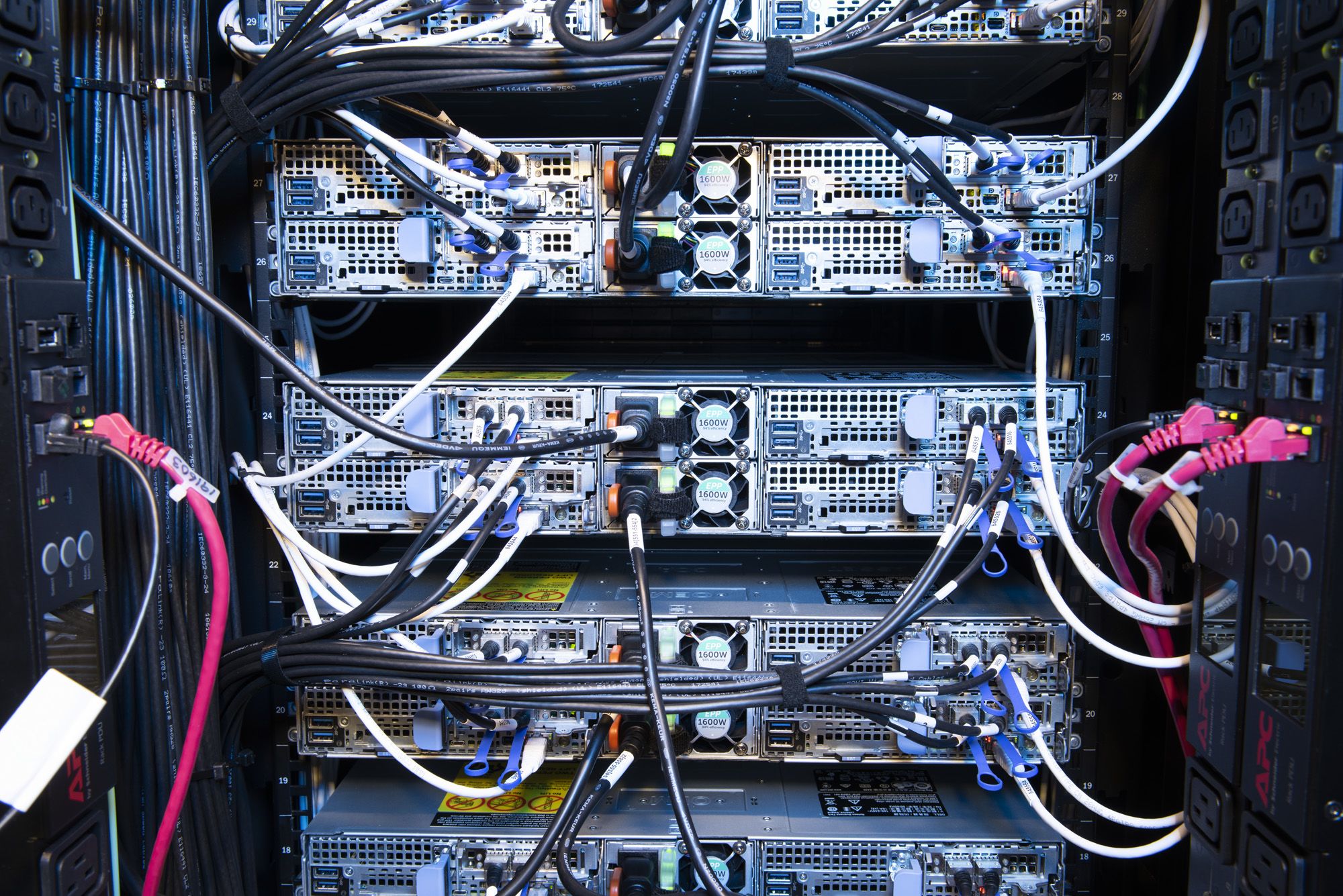
Back of the JASMIN data intensive supercomputer. Credit: STFC RAL Space
Back of the JASMIN data intensive supercomputer. Credit: STFC RAL Space
The Outcome: CEDA responded to community needs by updating and backfilling many of the relevant data. Researchers investigating air pollutants during the coronavirus pandemic were able to easily access relevant Sentinel-5P data products and quickly infer the improved air quality resulting from COVID lockdowns, demonstrating reduced emissions.
The CEDA team continue to build on experience such as this to ensure that important data products are archived in the most efficient way.
Prof John Remedios, NCEO Director said:
“The work the CEDA team do to provide up to date Earth observation data is essential for the success of many of NCEO’s research projects. Prompt actions to requests for new data is crucial when science is prominent in the media, such as it was during the COVID-19 lockdowns. Our researchers can only investigate pressing societal issues with excellent access to these data and expert support when it’s needed.”
Satellite data show methane increase at all latitudes
Methane is around 30 times more potent than carbon dioxide as a greenhouse gas. However, observations of methane at high latitudes are limited, leaving scientists with incomplete information on methane in these regions.
RAL Space scientists have developed a multi-year dataset of global methane concentrations using measurements from the Infrared Atmospheric Sounding Interferometer (IASI) on board EUMETSAT’s MetOp satellite.
This dataset shows tropospheric methane to be increasing at all latitudes including the Arctic. Analysis could improve our understanding of the relationships between methane and climate change.
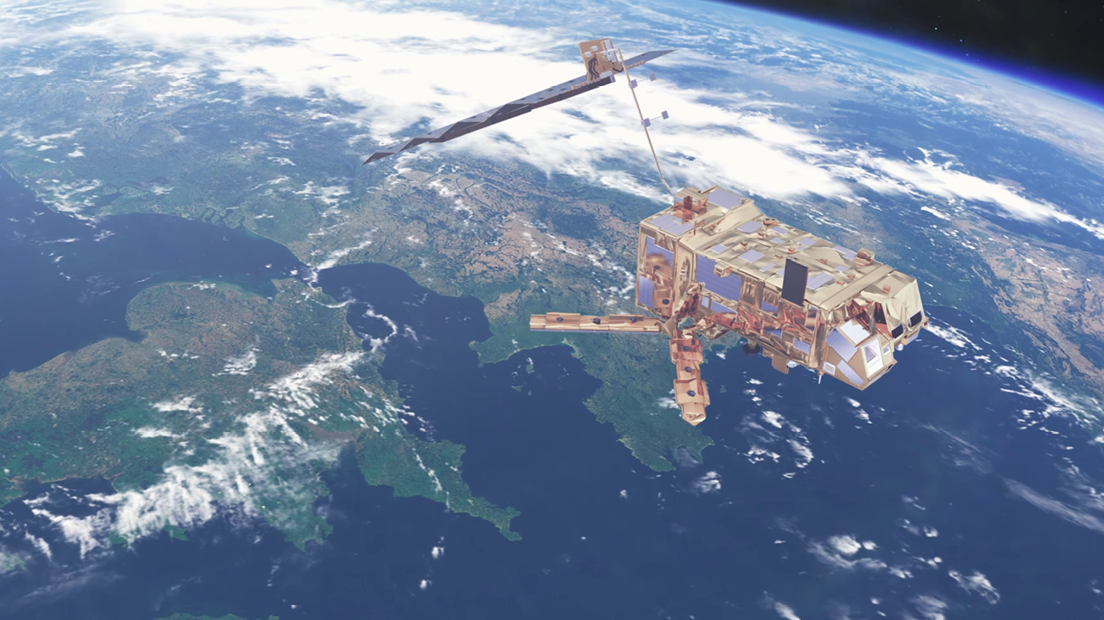
Artists impression of MetOp-A. Credit: ESA
Artists impression of MetOp-A. Credit: ESA

Empowering young people to choose space careers
In 2021 we enhanced our online outreach programme to make it more accessible to young people who weren’t previously aware of the opportunities in the UK space sector. A recent study showed that 70% of secondary school students are interested in space but only 40% are interested in space careers1. We collaborated with education and outreach partners to deliver 33 events focused on careers, reaching young people from some of the most deprived areas of the UK. After taking part, 86% of students were more aware of space careers and 89% were interested to pursue STEM in the future. We are proud to have helped raise young people’s aspirations as we work towards a more inclusive space sector.
1. Our Space Our Future (2021). Interest is not enough. Accessed 15 September 2021. https://youtu.be/KA-m8Jd_CT8?t=150


